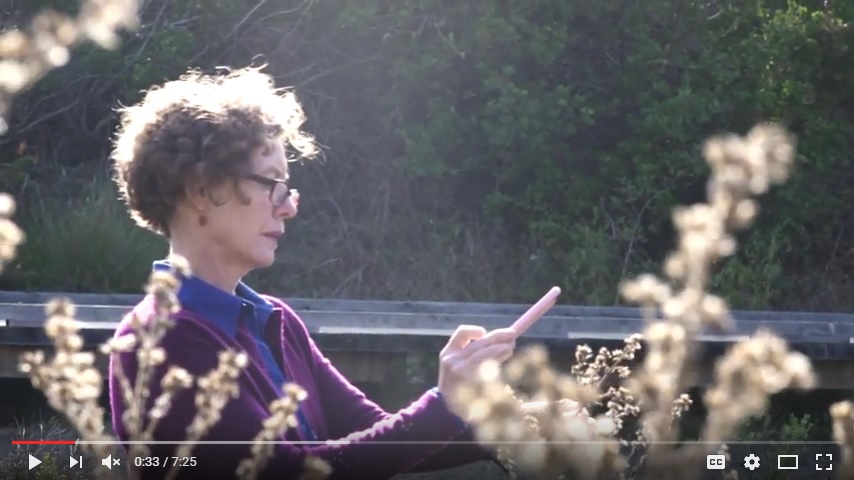Abstract:
Recent freshwater policy reforms in New Zealand promote increased community involvement in freshwater decision making and management. Involving community members in scientific monitoring increases both their knowledge and their ability to discuss this knowledge with professionals, potentially increasing their influence in decision-making processes. However, these interactions rarely occur because, in particular, of perceptions that volunteer-collected data are unreliable. We assessed the agreement between volunteer (community group) and local government (regional council) data at nine stream sites across New Zealand. Over 18 months, community groups and regional council staff monitored, in parallel, a common set of water quality variables, physical habitat, periphyton and benthic macroinvertebrates that are routinely used by regional councils for statutory state of environment reporting. Community groups achieved close agreement (correlations ≥ 0.89, bias < 1%) with regional councils for temperature, electrical conductivity, visual water clarity, and Escherichia coli. For dissolved oxygen, nitrate, and pH, correlations were weaker (0.2, 0.53, and 0.4, respectively). Volunteer assessments of physical habitat were as consistent over time as those of councils. For visual assessments of thick periphyton growths (% streambed cover), volunteers achieved a correlation of 0.93 and bias of 0.1% relative to councils. And for a macroinvertebrate biotic index that indicates water and habitat quality, correlation was 0.88, bias was < 5%, and the average difference was 12% of the index score. Volunteers showed increased awareness of local freshwaters, understanding of stream ecosystems, and attentiveness to local and national freshwater issues. Most volunteers had shared their knowledge and interest with others in their community. Most groups had developed relationships with their regional council, and some volunteers became more interested in engaging in freshwater decision making. Given adequate professional support, community-based water monitoring can provide data reliable enough to augment professionally collected data, and increase the opportunities, confidence, and skills of community members to engage in freshwater decision making.
Source: Volunteer stream monitoring: Do the data quality and monitoring experience support increased community involvement in freshwater decision making?

